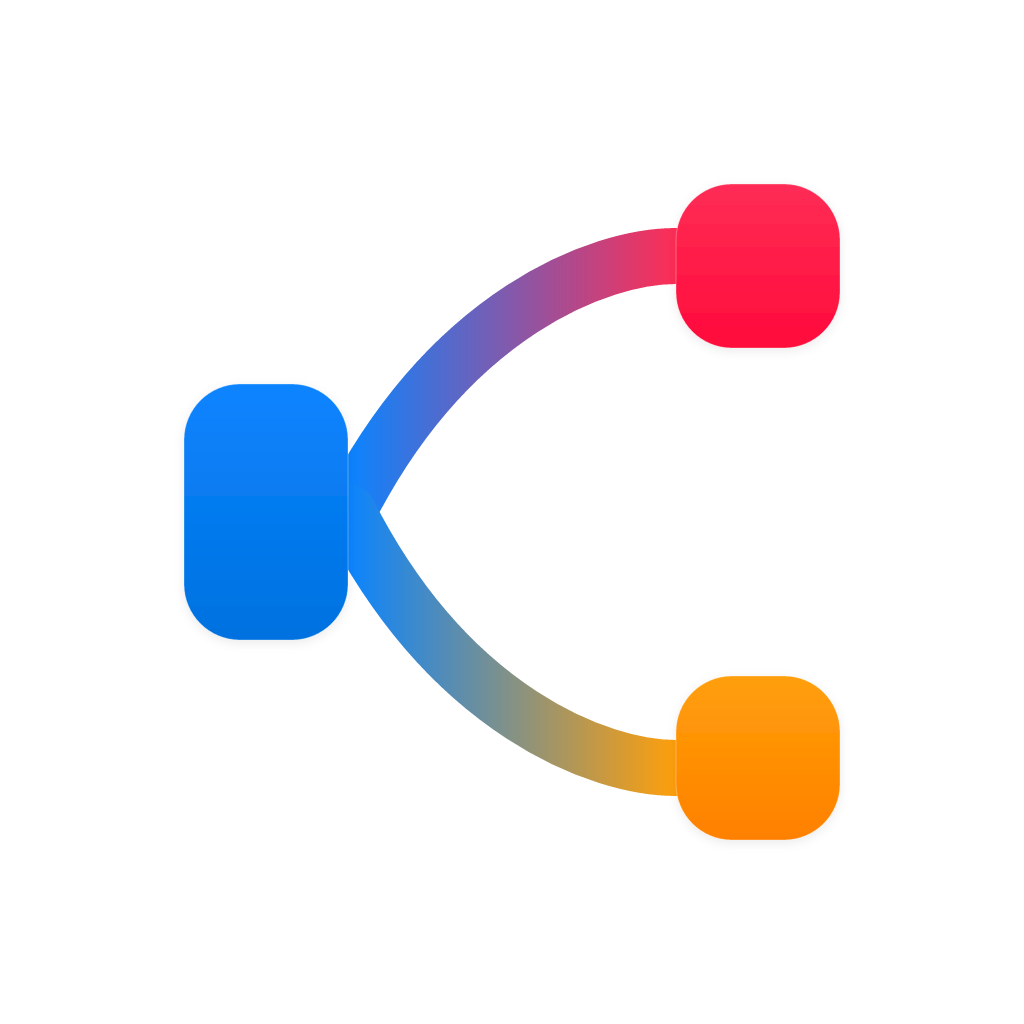Title: From Flow to Clarity: Unraveling Narratives with Sankey Diagrams
In the quest to understand and articulate the flow of information across various fields, data visualization stands as a beacon of clarity in an often opaque sea of figures. Enter the Sankey diagram, a revolutionary tool designed to parse and present complex datasets in a way that is engaging yet educational. Named after its creator, Thomas Sankey in 1889, this versatile chart is more than a visualization; it’s a storyteller, offering insightful narratives through a careful balance of simplicity and complexity.
Understanding the Fabric of Data
At its core, a Sankey chart is a graphical representation that uses the concept of flow to illustrate data interconnections. Each segment in the diagram symbolizes a category or element, while the varying lengths of arrow-like connectors quantify the relations between these components. At first glance, the beauty of this simplicity is revealed: figures transform into a roadmap, guiding viewers through patterns, trends, and implications embedded within them. With each arrow, the chart invites us to discover the interdependence of different variables and engage with complex systems in a manner that is accessible, yet profoundly informed and insightful.
A Window to the Energy Landscape
Let’s delve into a practical application. In an era where our understanding of energy use and its implications is paramount, the Sankey chart emerges as a revelation. Here, a raw dataset on energy consumption is metamorphosed into a visual tapestry that details where our energy goes and from where it stems. This visualization not only informs but also challenges; highlighting inefficiencies and spotlighting areas ripe for improvement. It serves as a compass for conversations, strategic planning, and environmental management, turning a dataset into a powerful catalyst for action.
A Path Across Sectors
The strength of the Sankey chart transcends the realm of energy. It is a versatile tool to be wielded across a spectrum of fields, from finance and environmental assessments to supply chain management, and beyond. It has the special ability to compare different scenarios, showcase growth and progress, and identify bottlenecks within intricate systems.
In financial analysis, the flowing lines may denote the flow of capital from one project to another, while in the realm of environmental impact assessments, they could quantify the flow of materials and energy through a system. Each application adds another layer of understanding to the narrative we wish to weave, revealing insights that might otherwise remain latent in the data.
Educating Through Narratives
The ultimate value of a Sankey chart lies in its capacity to convert abstract data into compelling stories. By visually mapping data we can see the fabric of the narrative: where it begins, where it faces friction, and where it arrives at its concluding points. This interactivity of the visuals makes it a potent educational tool, allowing us to explore, question, and ultimately comprehend the underlying truths of the data.
In conclusion, the Sankey chart is not just a tool for presenting data; it is a gateway to understanding the flows and connections that define our modern world. By adopting this technique, we invite a democratization of data literacy, ensuring that insight-driven decision-making becomes the norm, rather than the exception, across various sectors and disciplines. Through simplicity and flow, Sankey charts transform information into a dialogue-opening narrative, a beacon of light guiding us toward the clarity that lies within the complexity of the data.
SankeyMaster
SankeyMaster is your go-to tool for creating complex Sankey charts . Easily enter data and create Sankey charts that accurately reveal intricate data relationships.



